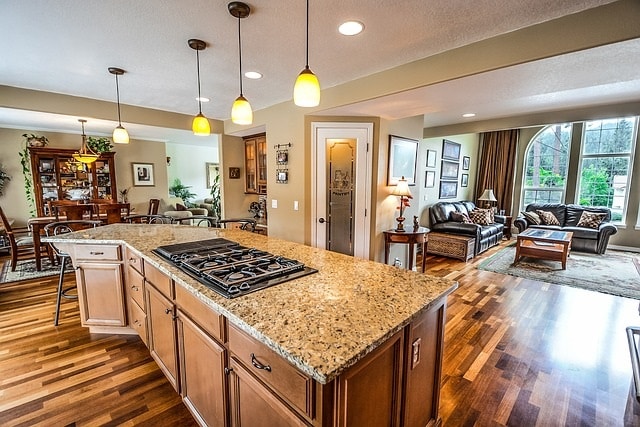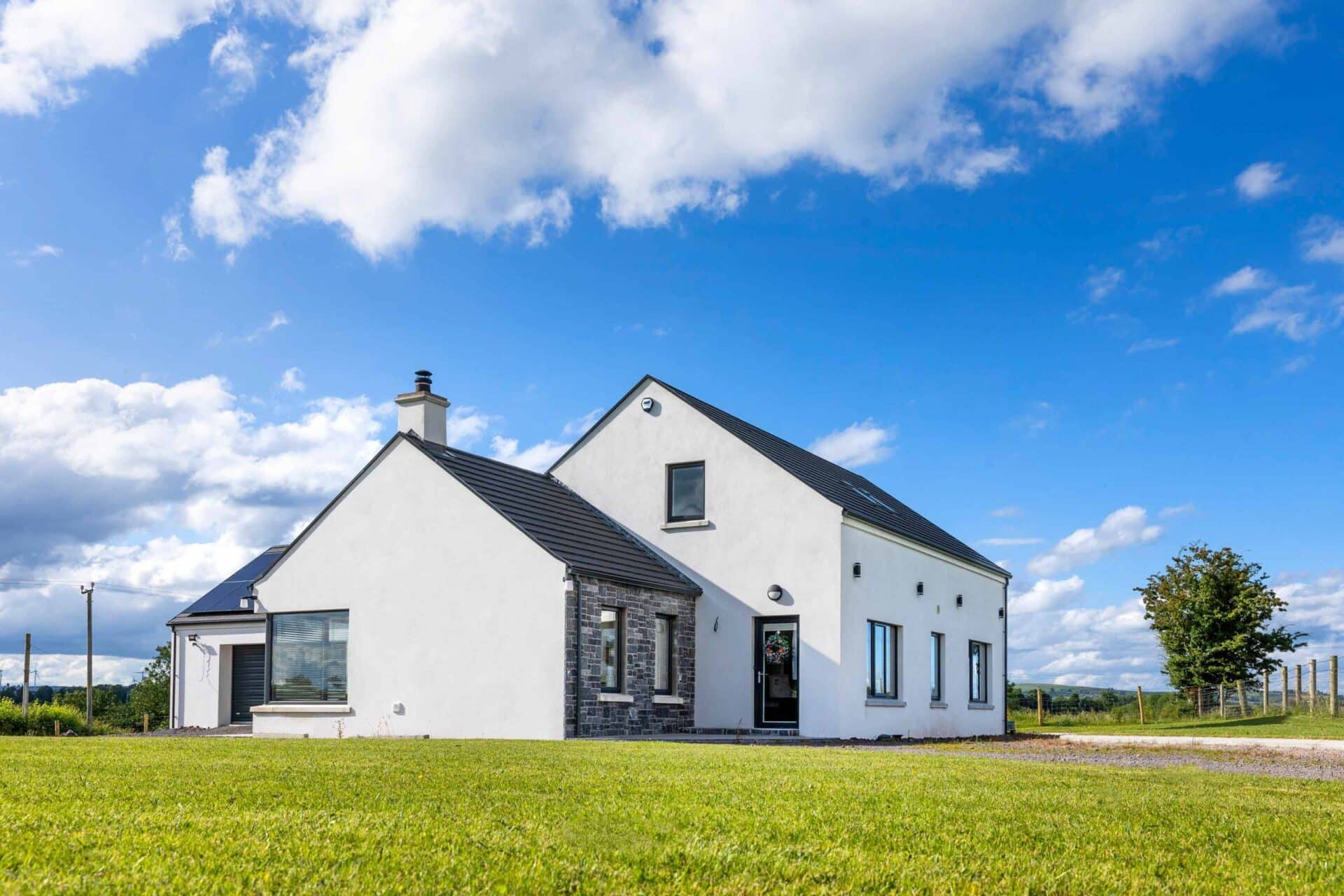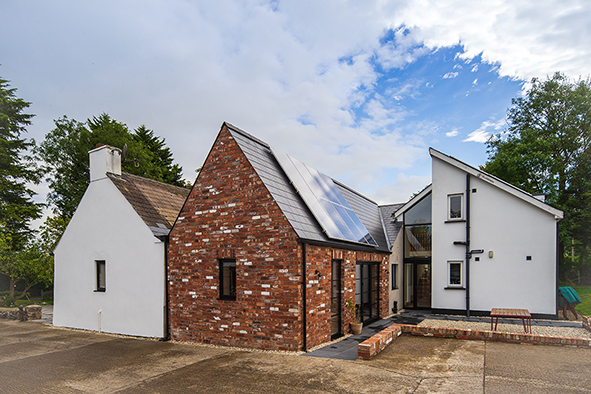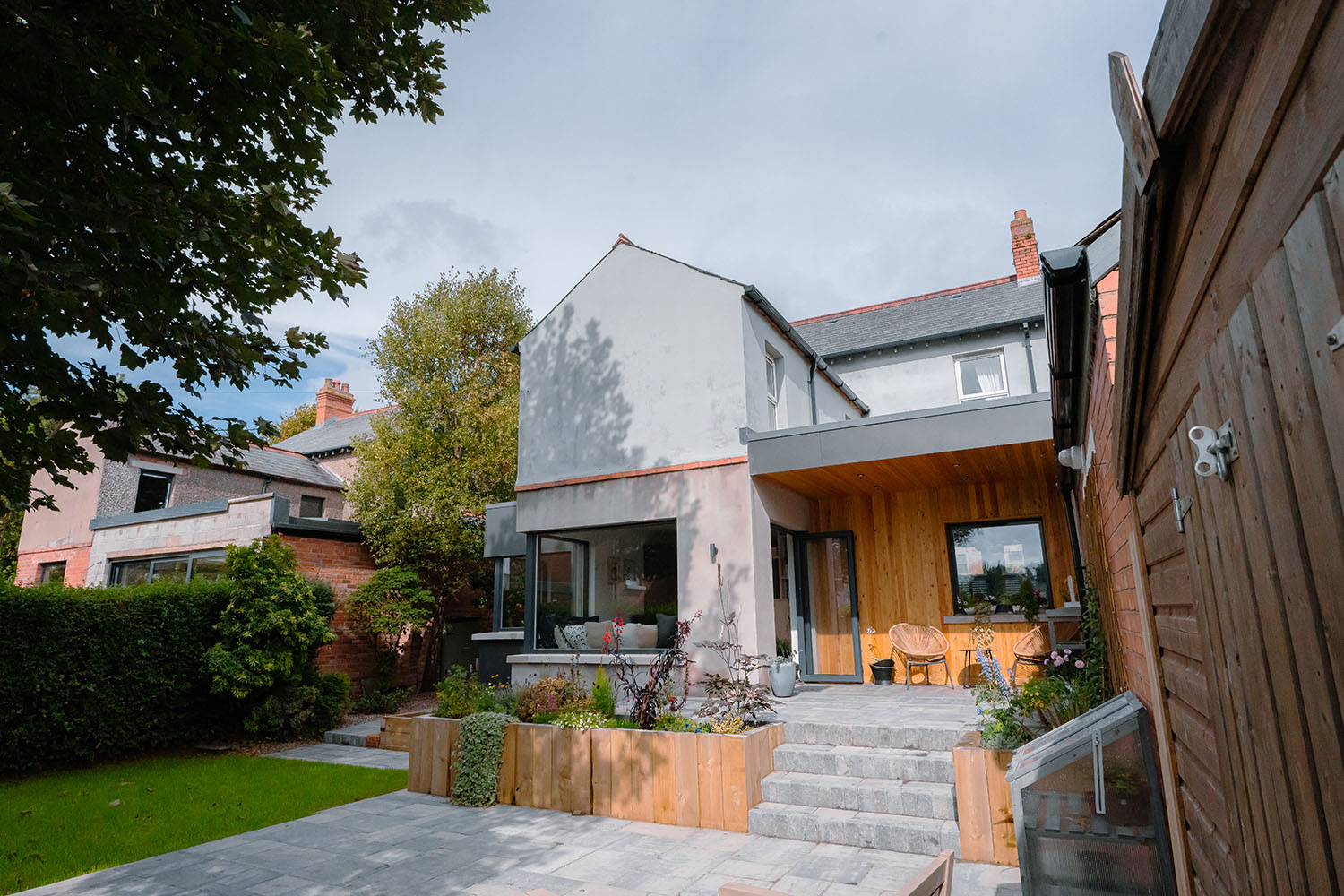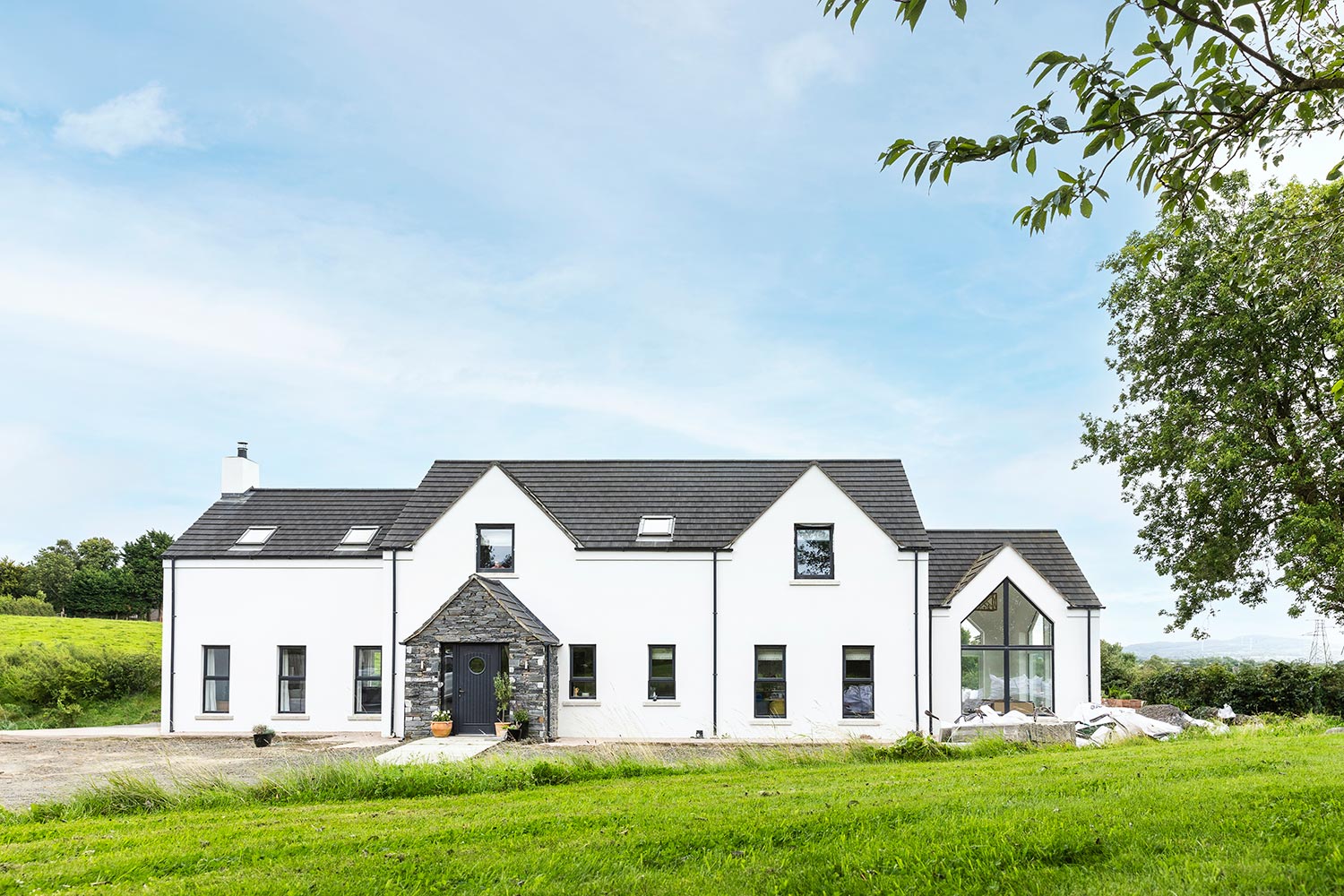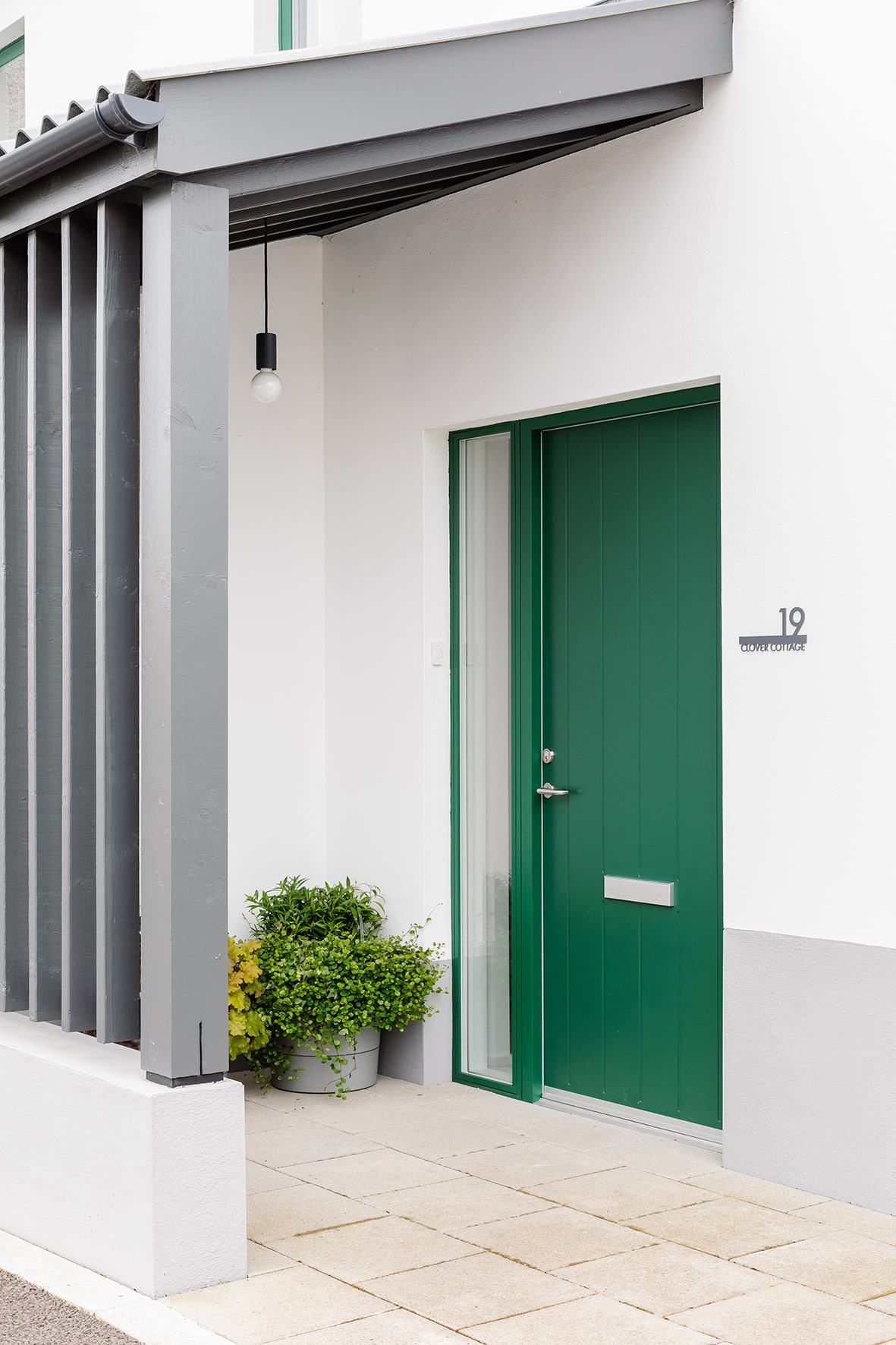Bathrooms
Easier are bathrooms as they respond well to light because the materials used in there are usually reflective and quite exciting. Good lighting can make a tiny bathroom appear bigger and a large bathroom more intimate.
On a very practical level, there are strict zones applied to bathrooms, these are defined by how close they are to wet areas. Different levels of IP (ingress protection) ratings which denote water resistance are required on light fittings, depending on which zone they are in. Consequently, lighting choices can be somewhat restricted and that dream of a chandelier above your bath tub is just not possible. But don’t give up because manufacturers are extending their ranges and it’s still possible to create a wow factor with a mix of waterproof lights.
When installing recessed and directional spotlights in a bathroom, be careful not to shine them directly on to a grouted tile as imperfections will look very poor. As with other rooms, variety is key. Use recessed spotlights, illuminated cabinets, mirror lights and wall lights to create a layered effect.
[powerkit_collapsibles]
[powerkit_collapsible title=”Hallway Tips” opened=”true”]
- Don’t worry about symmetry – lighting can be dramatic and surprising
- Highlight your stairs (if they are of design merit!)
- Up and down wall spots are effective but not on the stairs as they dazzle the eye on the way down
- Create at least three lighting zones: entrance, landing and a lamp circuit
[/powerkit_collapsible]
[powerkit_collapsible title=”Bathroom Tips”]
- Task lighting is important at the mirror, but try to use a flattering soft light
- Ensure that lighting, particularly around a mirror, is not just pretty looking but also fit for purpose. For example, a back-lit mirror may look attractive but by itself it will not provide enough light to shave with
- Don’t forget about the shower area and add recessed lighting ensuring that the shower head does not unintentionally create a shadow (common with increasingly large shower heads!)
- Ensure all lighting is specially designed for bathrooms and IP rated
- Have at least two switches to control the light
- Think about feature lighting such a spots in alcoves, a floor washer or a backlight behind the bath
[/powerkit_collapsible]
[powerkit_collapsible title=”Kitchen Tips”]
- Use dimmers on all circuits
- For a softer look use wall lights near the sink to give both task and evening light
- Remember to light the sink area from above
- If you have a beamed ceiling, use the beams to conceal lights and create drama
- Plan for daytime and evening light
- Add sockets for a few table lamps
- The more layers of lighting the better!
[/powerkit_collapsible]
[/powerkit_collapsibles]
Kitchens
The kitchen is arguably the most important room in which to get the balance right. It’s a hardworking room that needs to function efficiently throughout the day – and night – as well as accommodate all the activities that happen there. To operate well, you need at least three circuits. Background lighting, task lighting and feature pendant/accent lighting.
Of these three types, background is key to providing all day general light, best achieved with recessed downlighting spots. Try not to fall into the trap of arranging these without thought, in a grid where all the light is cast on walkways. Use the spotlights more thoughtfully in dark pockets, over your workspaces, in entrances. Look at your kitchen plan and relate the lighting to this. Try not to place spots where they shine uncomfortably on or behind heads, right at the edge of a work surface, creating a shadow.
Move the spots where they cast light on the work surface and wash wall hung units with light. A directional recessed spot directed towards a feature bank of units can also be very effective. Have all the recessed spotlights on a dimmer switch to help control the light when you don’t need it quite so bright.
Turning to task lighting, the main area for this is under wall cabinets using rope lighting or a variety of warmer fluorescent bulbs. Over a central island is also a good area to mix downlighting task lighting with feature pendants.

